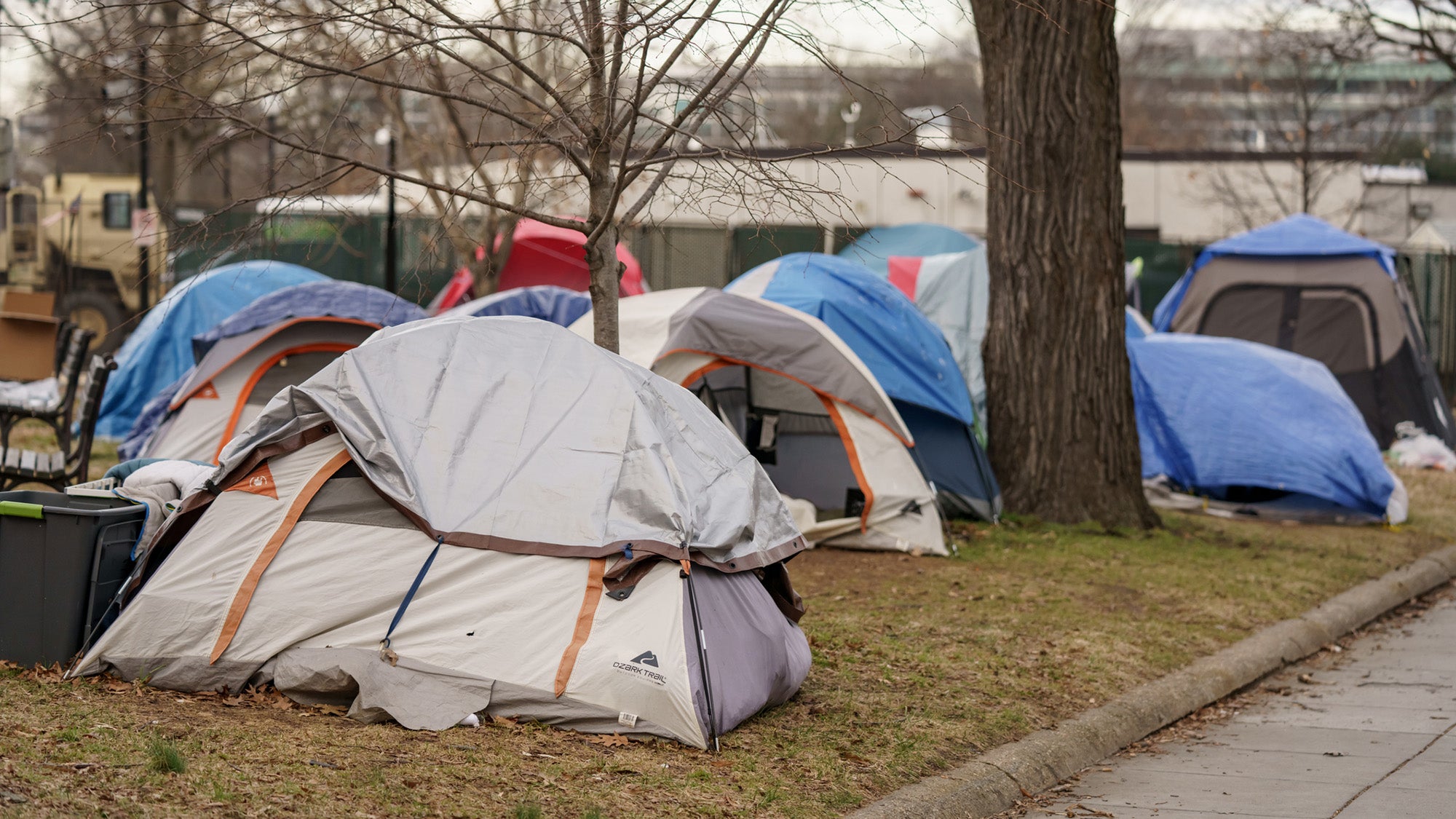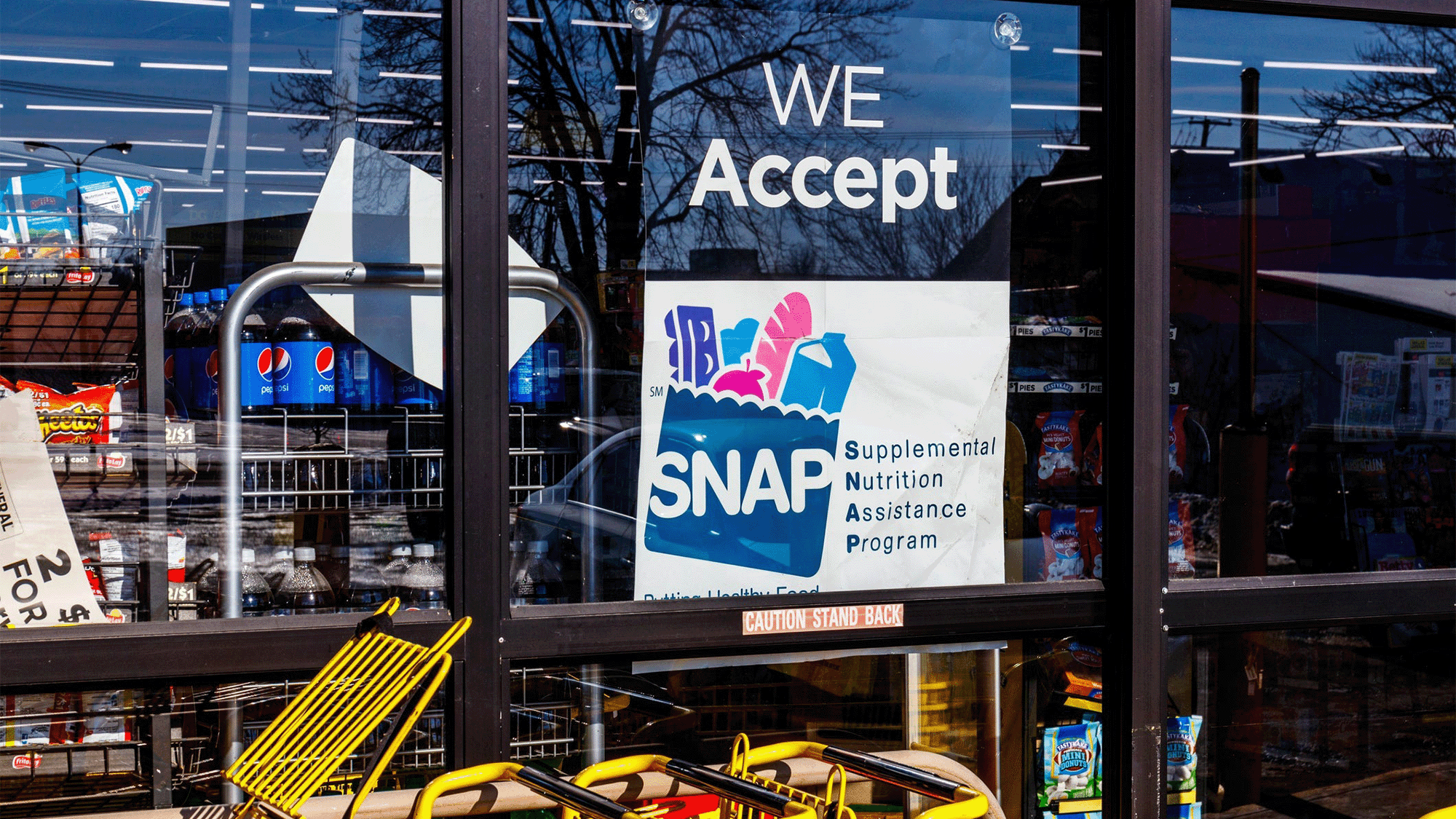Trump executive order on homelessness ‘a punitive approach,’ says expert

On July 24, President Trump signed an executive order (EO) called “Ending Crime and Disorder on America’s Streets,” which, among other things, would push efforts to involuntarily institutionalize people experiencing homelessness. Howard Koh, Harvey V. Fineberg Professor of the Practice of Public Health Leadership at Harvard T.H. Chan School of Public Health and faculty chair of the Initiative on Health and Homelessness, discusses the EO and its potential impact, shares evidence-based practices to address homelessness, and recommends next steps to combat the growing problem.
Q: What’s your overall reaction to the new executive order?
A: The title of the executive order (EO) captures its essence: The EO adopts a short-term, largely punitive approach to address a long-term humanitarian crisis. While barely acknowledging the root causes that have led to thousands living on the streets, the EO instead criminalizes the situation. Unhoused people have long found themselves dehumanized, viewed as problems, not persons. The EO accentuates this theme. We need to elevate the conversation through a broader, more effective, public health approach that brings people together and unifies all sectors—including public safety—to make progress for the future. We can’t simply arrest our way out of this problem.
We should recognize, first and foremost, that homelessness results from longstanding system failures in our society—especially the steadily rising gap between supply and demand in affordable housing that has now grown to an estimated 4 million housing units. Those who find themselves homeless are the most vulnerable among us—the disabled, those with major physical or mental illness, the elderly, families with young children, LGBTQ youth, and veterans, for example. Many become suddenly unhoused when a trigger event such as eviction, job loss, domestic violence, or catastrophic illness pushes them out onto the street.
Compounding the tragedy is that routinely walking past a fellow human being in need on the street has somehow become today’s social norm. That has got to change.
Q: What does the order call for regarding individuals experiencing homelessness?
A: There are many unsettling dimensions to the EO. Let’s start with the major issue of involuntary commitment. Mental health professionals have long used it only as a last resort for selected patients. It’s designed to be used for the shortest period of time, when a person with mental illness poses a grave danger to themselves or others.
It needs to used with great care, on an individual basis, and only when less restrictive measures have been unsuccessful. Furthermore, involuntary commitment must be linked to a dedicated chain of robust community-based resources that supports the future health trajectory of that person. That means more societal attention to, and investment in, not only affordable housing, but also other systems that strengthen long-term case management, mental health services, and hospital capacity, for example. None of these dimensions are addressed by the EO; in fact, pending Medicaid cuts, projected to approach $1 trillion over the next decade, will only make things worse. In short, the EO encourages a blanket broadening of an involuntary commitment policy—without any strengthening of associated supportive services—for homeless people whose apparent crime is having no other place to go.
The administration’s recent efforts to clear out homeless encampments in Washington, D.C. is a further attempt to apply a short-term “fix” to a long-term problem. Everyone is unhappy about these encampments—most of all those who must try to eke out an existence there because they have nowhere else to live. What we have seen across the country is that the best way to clear encampments for the long run is through voluntary cooperation that leads to permanent housing and supportive services, and that offers hope of reintegration into society.
Q: The order would prevent federal grants from funding so-called “harm reduction” or “safe consumption” efforts. What are these efforts, and what would it mean if they no longer receive federal support?
A: Changing human behavior is never easy and usually doesn’t happen overnight. Harm reduction has long represented a critical public health strategy that keeps people as healthy as possible when they’re engaging in potentially risky behaviors. For people who use drugs, harm reduction does not lead to increased use but gives them a bridge to care and treatment. Specific examples include syringe service programs for intravenous drug users or methadone for opioid users, efforts that prevent infectious diseases like chronic hepatitis B/C and HIV and reduce overdose deaths.
Notably, the EO opposes harm reduction, a well-documented and evidence-based strategy that has long been employed to support people with substance use disorders. In fact, scientific evidence demonstrating the effectiveness of harm reduction has led experts to call the strategy a necessary “third pillar” to address substance use disorders, along with treatment and prevention. Defunding such efforts hurts people, reverses progress that’s been made, and sets the field back many years.
Q: The order also would end federal support for Housing First policies. What do these policies do and what are the potential impacts of ending this support?
A: Housing First is an approach that prioritizes offering housing without preconditions like sobriety or treatment compliance. Ending support for this strategy contradicts the strong evidence base that has shown its effectiveness. Randomized trials in the U.S., Canada, and France have demonstrated that Housing First significantly improves housing stability compared to control groups who were not given housing unless preconditions were met. This robust effect extends across very complex populations, including those with severe mental illness or substance use disorders. The strategy should be strengthened, not abandoned.
Notably, Housing First does not mean “housing only.” People also need concomitant services like counseling, job training, and opportunities to reconnect with their family and loved ones.
Q: Homelessness increased 18% last year, according to the U.S. Department of Housing and Urban Development (HUD). The year before that, it went up 12%. Given this trajectory, what would you like to see happen to address this problem?
A: First and foremost, we need to change the societal narrative on homelessness and view vulnerable people caught in this crisis as human beings. We need to build empathy so that routinely walking by is no longer the social norm. Harvard Chan School’s Initiative on Health and Homelessness (IHH) is working with our Center for Health Communication to encourage social media influencers with lived experiences with homelessness to share their stories.
Also, we need to address the systems issues I mentioned earlier. We can better support clinicians working on the street who are reconnecting people to health care and housing and community support. We need to build stronger capacity for mental health services. IHH is so proud of the growing number of students coming here to work with us and get ready to be future leaders in addressing the crisis.
Regarding affordable housing, it is encouraging to see increasing bipartisan interest in addressing the issue, as exemplified by an effort gaining steam in the Senate led by Sen. Tim Scott, a Republican from South Carolina, and Sen. Elizabeth Warren, a Democrat from Massachusetts. In July, their measure incentivizing home building passed unanimously in a Senate committee—a notable development during these polarized times.
Flexible emergency financial assistance funds, for things like rent and utility costs, can also help people at a time of crisis. For example, preliminary research by Professor Bill Evans, an economist at the University of Notre Dame, has shown that such assistance can help people stay in their own homes and divert them away from homelessness.
We need to work harder as a society to prevent people from becoming homeless in the first place. That means, for example, ensuring that people leaving foster care, incarceration, psychiatric care, substance use treatment facilities, and the military have a dedicated home lined up for them upon discharge. And finally, we need all sectors of society to be fully engaged in solving the crisis. For example, IHH has begun working more closely with leaders from business and the faith-based community. Everyone can make a contribution.
Q: Can you give an example of a public health approach to homelessness that has worked?
A: Homelessness among veterans has dropped by over 50% in the last decade, spurred by a collaboration between the VA and HUD. That effort has provided Housing First, rental aid to unhoused veterans, and stronger support systems for not only them but also their families. The VA’s efforts, which our IHH research team has helped document in recent publications, show that national leadership, supported by substantial commitment and resources from Congress, can uplift the lives of vulnerable people through health, housing, and humanity.


